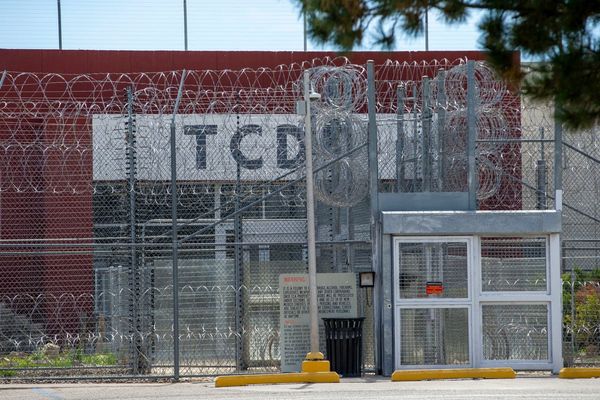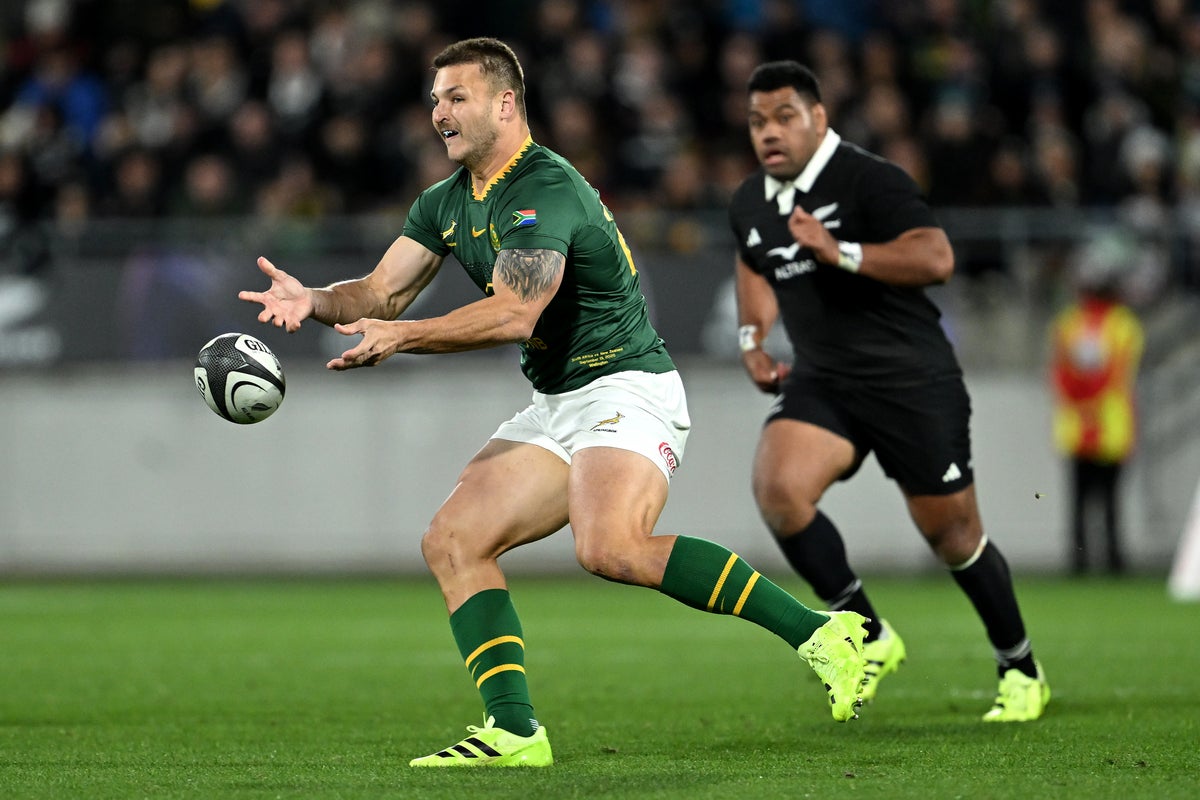
There is an element of bluff and bluster to much of that which exits the mouth of Eddie Jones, but the veteran rugby schemer is a fascinating thinker, often ahead of the game. It was in November 2021, as he and England embarked on an ambitious attacking transformation, that Jones laid out a vision for the future in which the numbers on the back of his players’ shirts mattered little.
“Unfortunately, we’ve got to put fixed numbers on their backs,” Jones said after a win over Australia. “I’d prefer in rugby if we went to the basketball system, where players could pick a number at the start of the year and that’s their number. Even if you put them in their traditional numbers, it’s very rare that 12 passes to a 13 who passes to the wingers.
“The combinations are all different and the game has become a lot more fluid and transitional. As you saw against Australia, there was a strong set-piece contest and then a lot of transitional play. Numbers are fairly archaic.”
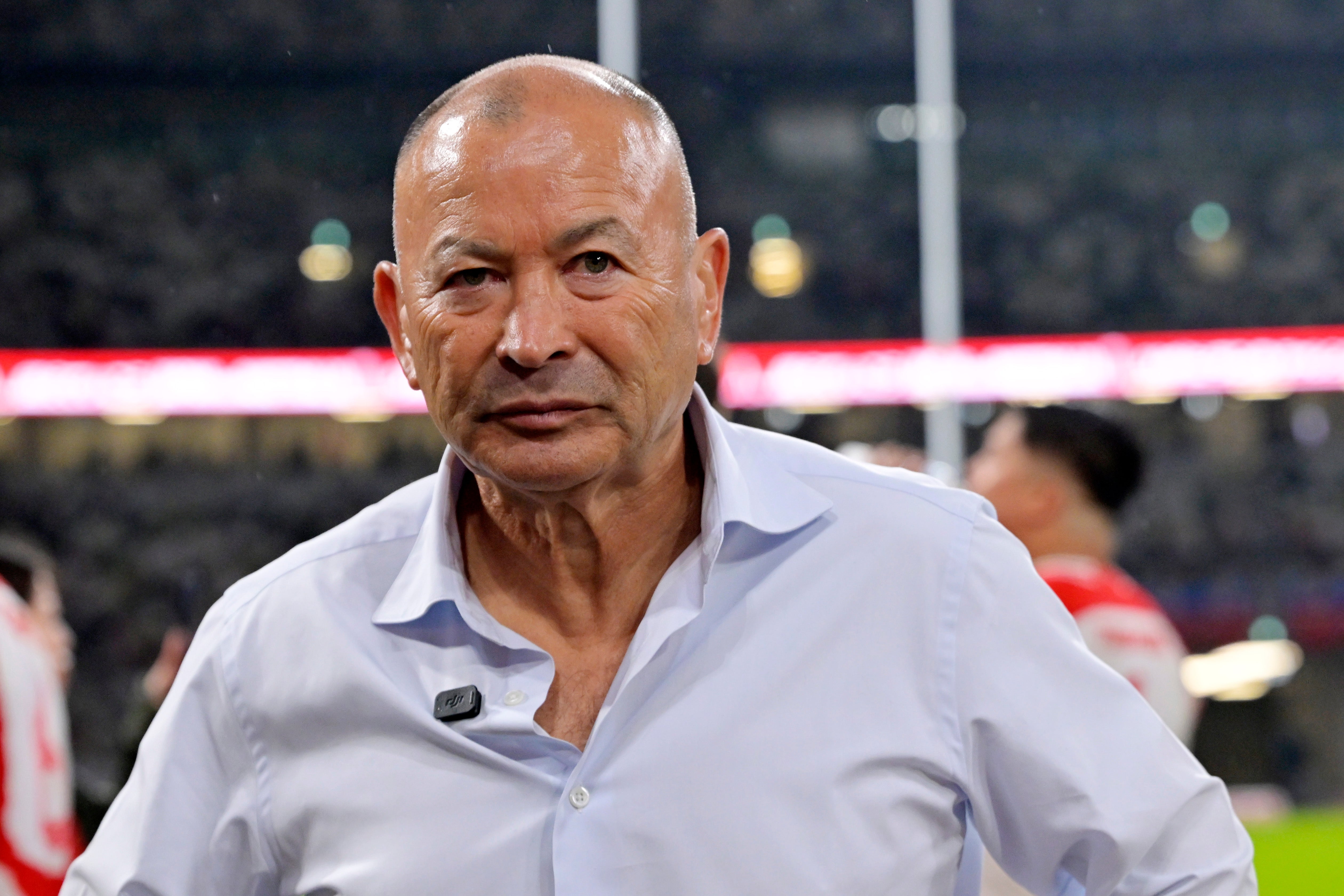
Jones never quite got to execute his grand plan, results turning in the Six Nations that followed before an entirely understandable defenestration 12 months later. But he was ahead of the curve in foreseeing a phase of rugby in which positional play was less important, giving way to more protean selections with interchangeability seen as key. If it is not necessarily new for players to have the capacity to fulfil more than one brief – adaptability and versatility have been coveted by coaches since time immemorial – but what is, perhaps, developing is the weaponisation of so-called “hybrid” players who can swap between the forward pack and backline.
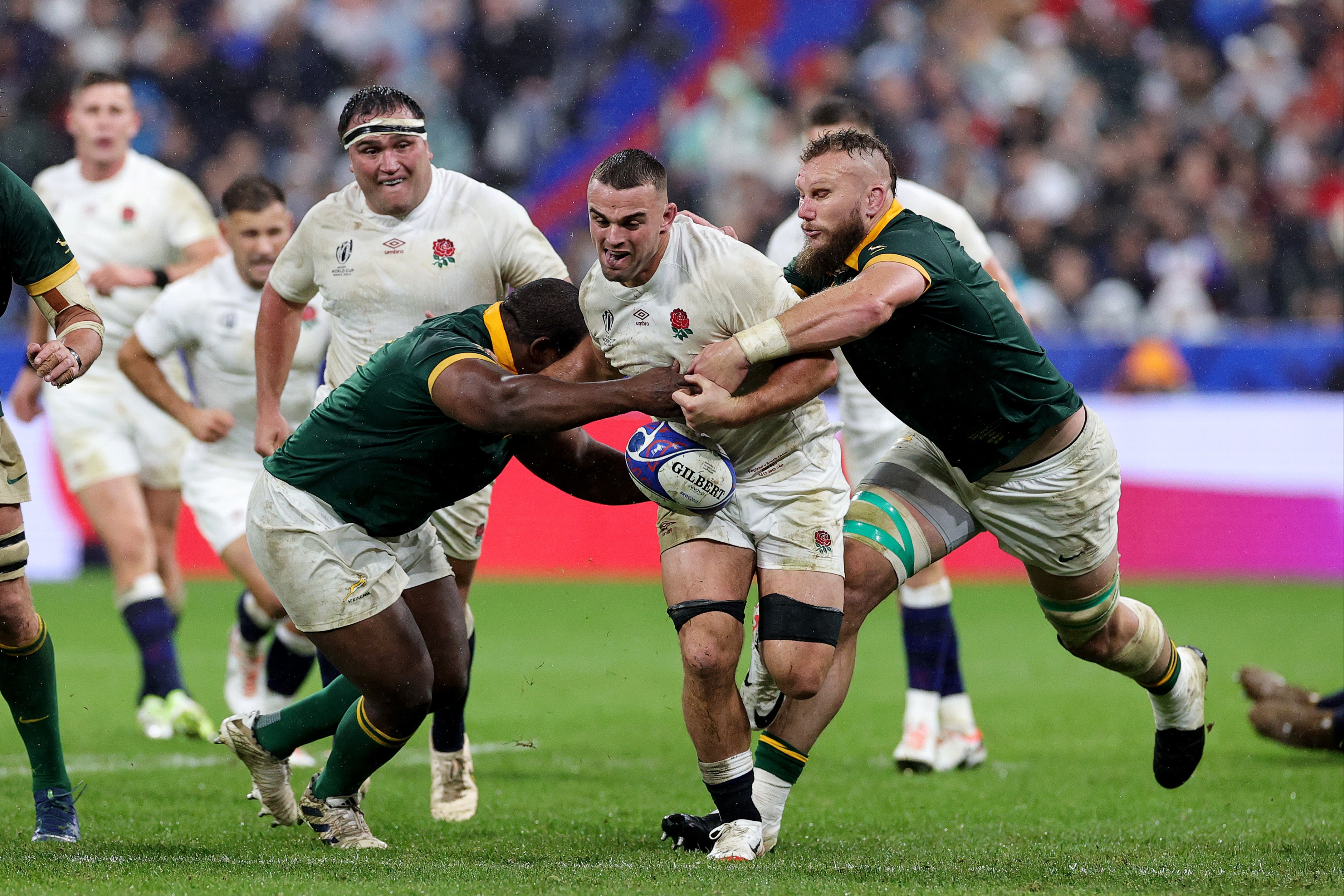
Rugby, generally, has become a game of transition; the best sides are the ones who can quickly move from structured situations – the set-piece, the kick contest – into a more fluid existence. While all teams have a tactical set-up, generally based around a forward pod structure across the pitch, there is not always time to settle into shape – coaches want their squads to be able to step up and step in wherever required. It is only really in first-phase strike moves, or “launch plays”, where the traditional numbers correlate to positional alignment as players roam and rove.
Separately, the increasing importance of the bench has forced coaches to adapt to tactical trends. At the vanguard, in this area and others, have been South Africa, whose bench “Bomb Squad” have taken on an identity of their own, having been so effectively utilised across two World Cup-winning campaigns. Since the introduction of eight-player benches in 2012, most sides typically used to favour a five forwards to three backs split, but studies by the Springboks found that their third back replacement often played limited minutes. Instead, adding a sixth, or even seventh, forward was more valuable in a position of higher attrition and injury rate.

It is a strategy not without its risks, with versatility obviously needed within the backline and flanker Kwagga Smith, a former sevens star, a key figure with the athleticism to cover the outside back division if required. Others have followed the trend – France have ended up with back rowers Sekou Macalou and Oscar Jegou on the wing and in the centres respectively in two of their biggest wins of late, against South Africa in 2022 and Ireland in this year’s Six Nations.
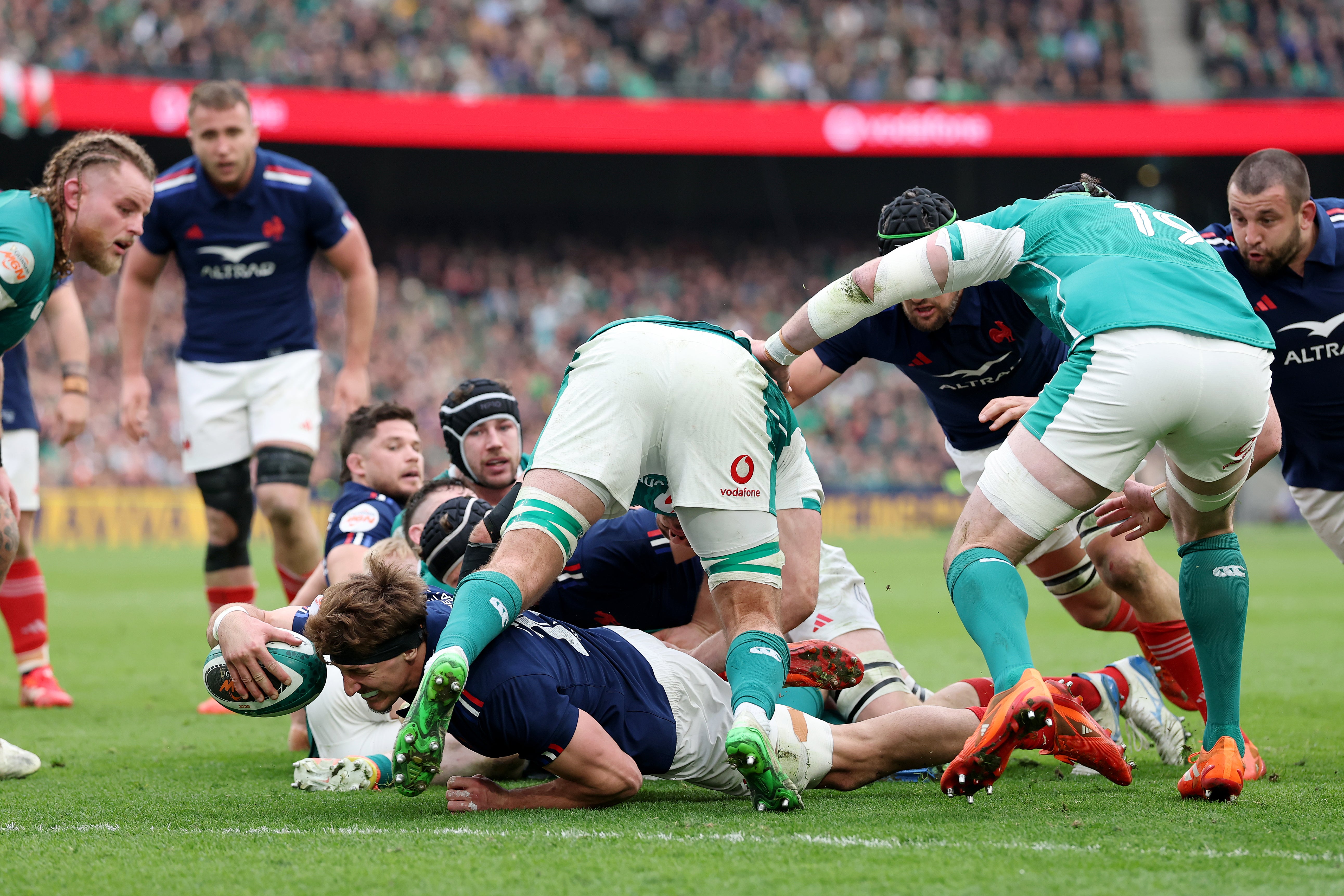
It is rare now to find a side not cross-training their back rowers in the centres or on the wing as they follow South Africa in favouring six/two benches, and prepare for eventualities where they need emergency backline cover. England have experimented with Ben Earl in the centres over the last 18 months, and could even start him in the No 12 shirt this November, with Guy Pepper and Henry Pollock also running in the backline in certain scenarios in training.
“I can see a world where that becomes almost a thing with back row/outside back hybrids,” Earl explains. “I hate the term hybrid – it’s a golf club – but in terms of cognitive load, what you do at 12 or 13 and what you do in the back row, if you do either well you’ll be doing well at either position. The only technicality is really defending off scrums.
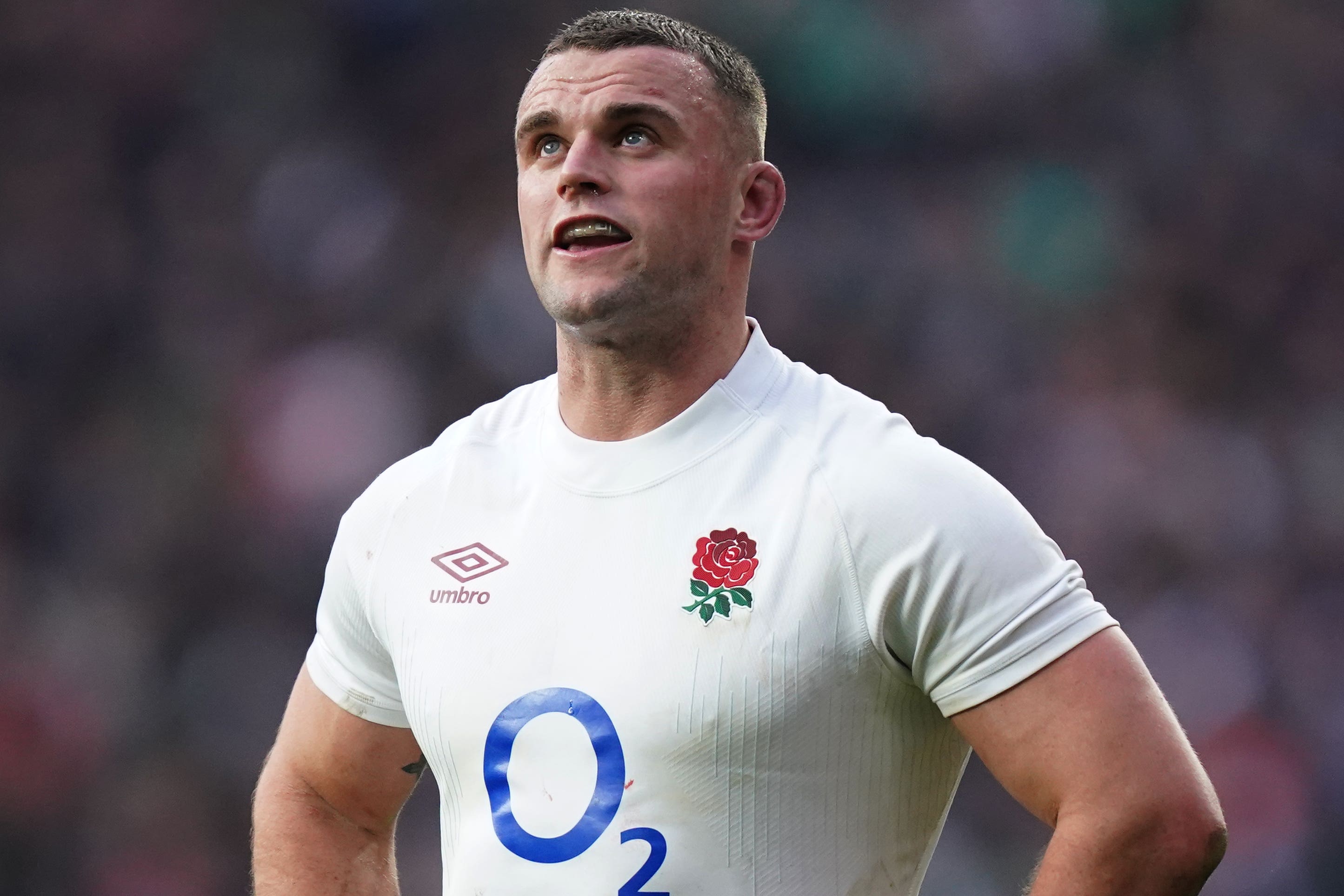
“It’s a good string to my bow, and the team’s bow – you are starting to see a couple of boys who could do that. I wish I had done that a little bit more when I was younger. Catch, pass, tackle – they are skills we all should have already. When you are playing centre, certain things become more important than at seven, but wherever you are, you dial something up and something down.”
Fiji and La Rochelle’s Levani Botia has long been a standout for his ability to play at a high level both in the centres, where he began his career, and on the openside, aided by the sevens experience he and many other islanders have. Masivesi Dakuwaqa is a fellow Fijian who has swapped between wing and flanker in the Top 14. Proving this is not all new, former No 8s Pierre Spies (South Africa) and Radike Samo (Australia) both featured on the wing during their playing careers, with their natural speed aiding the transition.
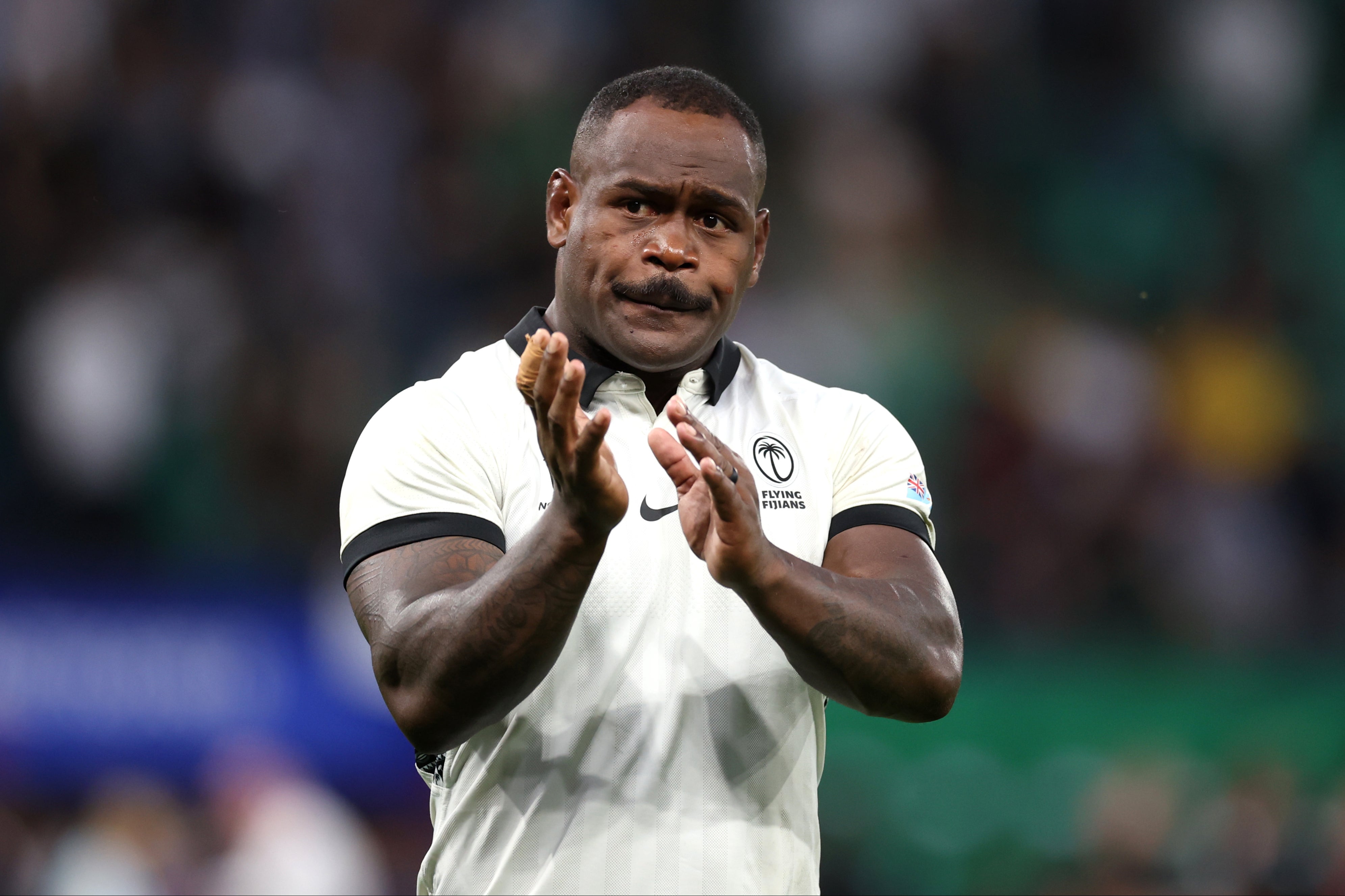
Clearly, not every back rower is going to be capable or comfortable out wide, particularly defensively, but players like Earl, Botia, Smith and Jegou are plenty athletic enough to do so. Even if not sighted in the centres that often, Earl’s capacity to cover the position has encouraged Borthwick to go with a six/two bench split more often than not this year, and the England head coach is known to be keen to explore a seven/one, as pioneered by Canada’s women in 2022 and since utilised by South Africa and France. One only has to watch back their 2023 World Cup semi-final win to see how the Springboks’ ability to bring on a fresh, high-class set of forwards gave them an edge.
Which makes their evolution since that tournament interesting. South Africa have changed their approach, in many ways, expanding their attacking horizons – and perhaps safeguarding for any moves to nullify certain threats, as has begun to happen with attempts to curb the influence of the scrum. While still clearly possessing some traditional strengths, head coach Erasmus and attack coach Tony Brown have made it a point to get as many playmakers on the pitch as possible and continue to thrive outside of structure.
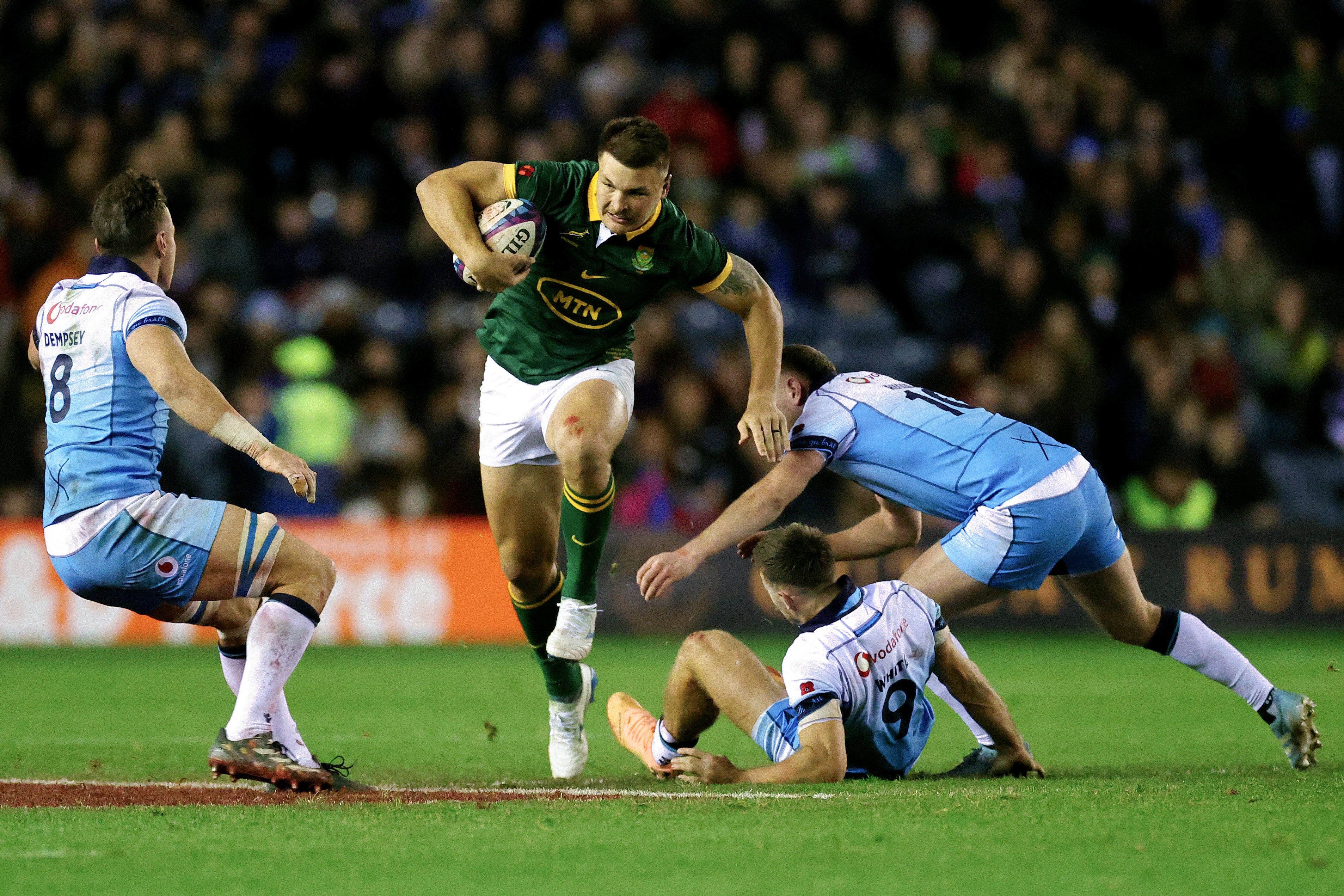
Their bench strategy looks to be evolving, too. Wearing the No 20 shirt, and confirmed to be covering the back row, for the game against Japan at Wembley is Andre Esterhuizen, a super-sized centre now also seen as a loose forward option for the Springboks. His natural stature lends itself, of course, to the role, but the tactical possibilities he presents clearly intrigue Erasmus – if his Springboks are to play faster and looser, Esterhuizen’s presence in a 23 can allow him to use him both in his natural position at centre or as part of the so-called “Bomb Squad”, depending on what the situation dictates.
“You can have two ways of looking at it,” says Erasmus. “You can have a forward covering a back position like Kwagga Smith covering wing, and you can have a back covering a forward position, like Andre covering flanker.
“You can call him a hybrid player – but he is a backline player who can also play in the forwards now. I must say Felix Jones handles his load very well in how much he does with the forwards and how much he does with the backs.” As top international coaches continue to seek an extra edge, expect to see more experimentation and hybridisation.
‘I hate the term hybrid’: How Ben Earl is embracing the future with England
Why Henry Pollock could feature on the wing for England this autumn
Henry Pollock, Carter Gordon and 10 other international rugby players to watch in November
Siya Kolisi and Rassie Erasmus reveal the secrets behind the Springboks’ evolution
Springboks hand debut to promising prop as Cheslin Kolbe given new role for Japan clash

